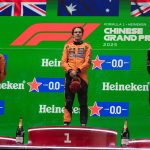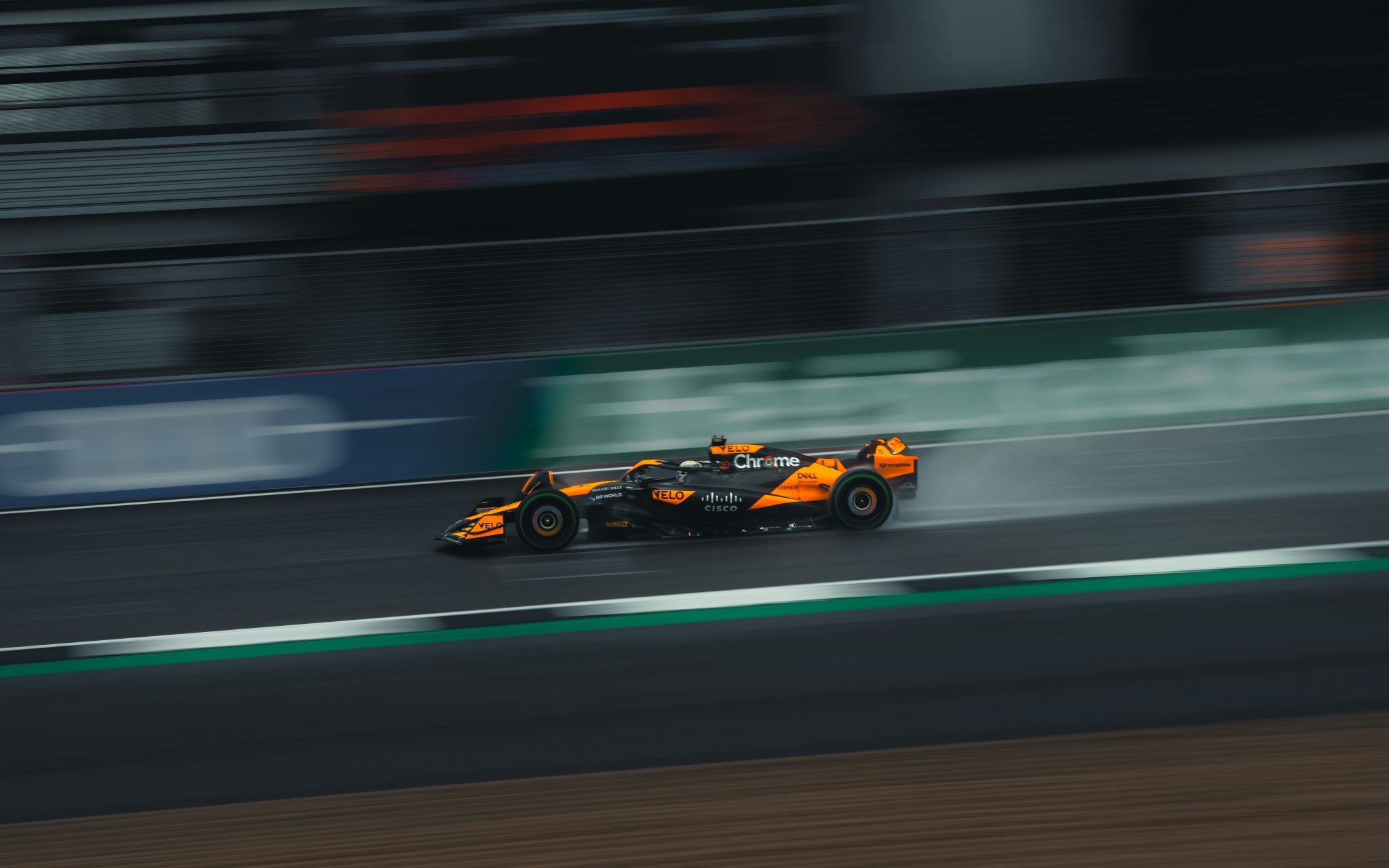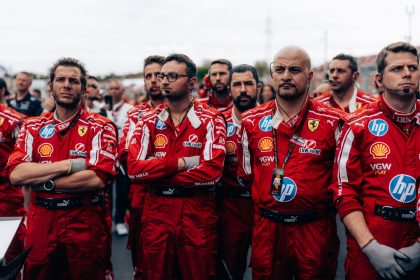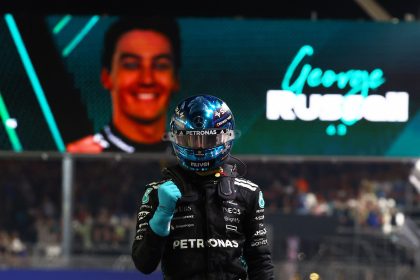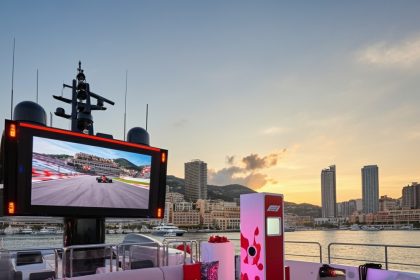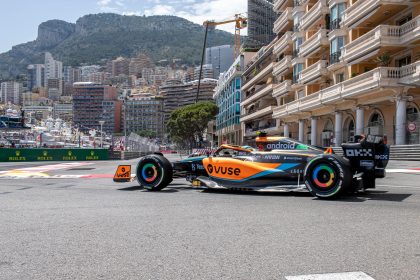If you’re looking for a quiet summer in Formula 1, you’re clearly new here. The 2025 season, as of June 7th, is a cauldron of old rivalries, new heartbreaks, and the kind of technical intrigue that would make even the most jaded paddock veteran raise an eyebrow. McLaren’s intra-team tension is simmering, Lewis Hamilton is searching for his Ferrari redemption in Montreal, and the FIA’s latest “magic bullet” regulation has fizzled out with all the drama of a wet Friday practice. Welcome to the halfway house of the 2025 F1 season—where history, heartbreak, and hope collide at 300 km/h.
- The Cheeky Tow: McLaren’s Intra-Team Rivalry Reignites
- Hamilton at the Crossroads: Montreal or Bust
- The Flexi-Wing Fizzle: When the Magic Bullet Misfires
- The Human Side: Jackie Stewart’s Race Against Dementia
- The Money Machine: F1 Sponsorship Hits $2 Billion
- The Return of Stroll? Canadian GP Drama Looms
- The Silver Screen Beckons: Hamilton’s Hollywood Moment
The Cheeky Tow: McLaren’s Intra-Team Rivalry Reignites
Let’s start with the most deliciously awkward subplot of the week: McLaren’s internal battle between Oscar Piastri and Lando Norris. If you thought the days of Senna-Prost or Hamilton-Alonso were relics of a more combustible era, think again. The Spanish Grand Prix qualifying session saw Norris snatch a tow from Piastri in Q3, prompting the Australian to deadpan over the radio: Cheeky.
Team Principal Andrea Stella, ever the diplomat, tried to downplay the incident:
“It was a minor situation. We always tell our drivers like, ‘Don’t leave anything in the back of your mind, anything, throw it out, say what you think’. In this case I think that Oscar’s comment was to highlight a situation that we didn’t discuss before.”
Andrea Stella
But let’s not kid ourselves. McLaren’s 1-2 finish in Spain, with Piastri leading Norris, is the kind of result that breeds both pride and paranoia. The last time McLaren had two drivers fighting for wins this consistently, the team nearly imploded under the weight of Senna and Prost’s egos in the late 1980s. And who could forget the Hamilton-Alonso soap opera of 2007, when both drivers finished level on points and the team lost the championship by a single point?
History, as ever, is not just repeating—it’s rhyming with a distinctly Woking accent.
Hamilton at the Crossroads: Montreal or Bust
Meanwhile, Lewis Hamilton, the man who once made winning look as routine as brushing his teeth, is facing the most existential crisis of his career. His move to Ferrari was supposed to be the stuff of legend—a final act worthy of a seven-time world champion. Instead, it’s been a season of frustration, with flashes of brilliance (a China Sprint win, a strong Imola) drowned out by a sea of sixth places and team orders that leave him trailing Charles Leclerc.
Sky F1’s David Croft summed up the mood:
“Very simply, Lewis will be around next year. He’s not going anywhere. But if he has another downer day, like he did in Barcelona, then there’s issues. But look, if anyone can do it and turn it around, the seven time World Champion, that is Lewis Hamilton, can definitely turn that around.”
David Croft
Montreal, the site of Hamilton’s first F1 win in 2007 and a track where he’s triumphed seven times, now looms as a make-or-break moment. He’s tied with Michael Schumacher for most wins at the Canadian Grand Prix, but the pressure is palpable. If he can’t find his rhythm here, the whispers about his future will become a roar.
For the record, Hamilton’s Canadian GP victories span both the McLaren and Mercedes eras (2007, 2010, 2012, 2015, 2016, 2017, 2019), making Circuit Gilles Villeneuve one of his happiest hunting grounds. But as Karun Chandhok noted, We’re coming into the second third of the season now, and he’s not finding the rhythm, he’s not finding the consistency where week in, week out, he’s in a happy place with the car.
The Flexi-Wing Fizzle: When the Magic Bullet Misfires
And then there’s the technical subplot that had the engineers salivating and the fans yawning: the FIA’s latest crackdown on front wing flexibility. For months, the paddock buzzed with rumors that McLaren’s resurgence was built on clever aero-elasticity—a fancy way of saying their wings flexed just enough to skirt the rules and gain an edge.
The FIA responded with new deflection tests at the Spanish Grand Prix, reducing the permitted flex from 15mm to 10mm under a 1,000 Newton load. The result? A collective shrug.
McLaren’s Andrea Stella was blunt:
“We always thought the impact would have been relatively negligible because when we saw the numbers associated to this change of aeroelastic effect, there were small numbers in terms of downforce and in terms of variation of the downforce with speed. So, when we tested this wing in Imola, if we hadn’t told Lando that it was a different wing, he wouldn’t have spotted it.”
Andrea Stella
Mercedes boss Toto Wolff, never one to miss a chance for a soundbite, added:
“Maybe sometimes we try to believe there is a magic bullet in Formula 1 that’s going to solve everything. But it’s not the case.”
Toto Wolff
Historically, front wing flexibility has been a battleground for technical innovation and regulatory cat-and-mouse. Red Bull’s dominance in the early 2010s was built on exploiting these grey areas, prompting the FIA to continually tighten the rules. But as this latest episode shows, the law of diminishing returns is alive and well in F1 engineering.
For a deeper dive into the technical saga, see the full analysis at Motorsport.com: Why flexi-wing tests didn’t prove to be F1’s “magic bullet”
The Human Side: Jackie Stewart’s Race Against Dementia
Amidst the political intrigue and technical minutiae, it’s easy to forget that Formula 1 is, at its core, a human drama. Sir Jackie Stewart, three-time world champion and tireless campaigner for safety, continues his fight off the track with the Race Against Dementia charity. Stewart’s wife, Lady Helen, was diagnosed with dementia in 2014, and his efforts to fund research into prevention and cure are a poignant reminder that the battles worth fighting often happen far from the glare of the pit lane.
Formula 1’s official support for Stewart’s charity is a rare moment of unity in a sport defined by division. As Stewart himself said on the F1 Explains podcast:
“He’s a legend of Formula 1, a three-time World Champion who fought to make the sport safer – and Sir Jackie Stewart’s good work continues today with his charity Race Against Dementia.”
F1 Explains
Learn more about Stewart’s cause at raceagainstdementia.com.
The Money Machine: F1 Sponsorship Hits $2 Billion
If you needed proof that Formula 1 is more than just a sport, consider this: in 2024, F1 and its teams generated over $2 billion in sponsorship revenue, second only to the NFL. The technology sector alone accounted for over $500 million, and the most coveted advertising spots—airbox and sidepod—fetch upwards of $5 million each for the top teams.
Toto Wolff, never shy about the business side, told the Financial Times:
“If teams are successful, the sport prospers, and the bottom line grows, higher valuations are justified. In Formula 1, it’s justified by peer group valuations, revenue multiples, EBITDA multiples, sustainable growth, and predictable income.”
Toto Wolff
The Americanization of F1 under Liberty Media has turbocharged the sport’s commercial appeal, but as always, the real action is still on the track.
The Return of Stroll? Canadian GP Drama Looms
As the circus heads to Montreal, local hero Lance Stroll is racing against time to recover from a wrist operation. The Aston Martin driver missed the Spanish GP due to lingering pain from a cycling accident, but the early prognosis is promising for a home race return. If not, the team faces a logistical headache, with both reserve drivers (Drugovich and Vandoorne) committed to Le Mans. In a pinch, Mercedes reserve Valtteri Bottas could step in—though he’d bring a five-place grid penalty as a souvenir from Abu Dhabi.
Read the full story at The Race: Stroll on target to be fit for Canadian GP after all
The Silver Screen Beckons: Hamilton’s Hollywood Moment
If all else fails, Lewis Hamilton can always fall back on his burgeoning film career. The seven-time champion is a producer on the upcoming “F1 The Movie,” starring Brad Pitt and set for release later this month. Hamilton promises it will be “the most authentic racing movie that’s ever been made,” with unprecedented access to real race weekends and cutting-edge camera technology.
“The access we’ve had to Formula 1 is totally unheard of, we actually filmed on race weekends with the film’s 11th team – APXGP, and you’ll definitely see that authenticity come through in the film.”
Lewis Hamilton
For a behind-the-scenes look, check out the official F1 article: Hamilton opens up on being a producer for the ‘F1’ movie





